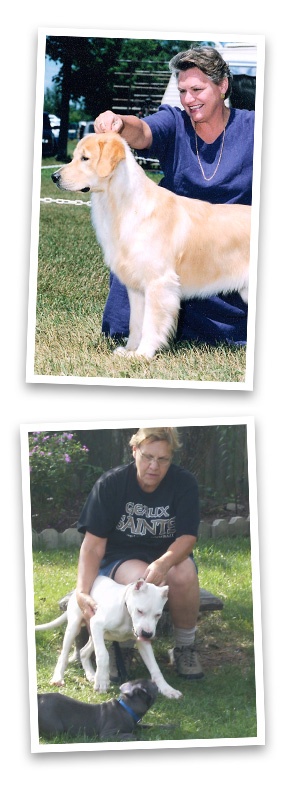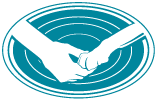- Home
- Training
Training
 How do I train?
How do I train?
Often people use food ineffectively in dog training. It helps to use food when teaching a behavior that is new to the dog, but you need to phase out the lure quickly. I don’t want your dog to refuse to come if you don’t have a treat.
Reward, or consequence, drives behavior. This concept gets you away from having to show the dog a lure before she will perform the task you require. I want the dog to come quickly and willingly, so I do like to reward a job well done.
Does your dog jump on company? Or your children? Does this worry you a little…like it could get worse?
I will place parameters on your dog’s behavior. Parameters are limits or boundaries. If you don’t set limits, you are missing an important opportunity to clarify your expectations to your dog, who wants nothing more than to know what he is supposed to do.
I like for you to work your dog on a buckle collar with a six-foot leash. If you need or prefer other equipment, that is open for discussion.
“But I watch the shows on TV and read blogs on the internet….”
The element of context is often missing from dog training advice you find in the media.I harp on the idea of context because dog training cannot be reduced to a series of advice nuggets. What happened before, who is around, where am I ? Answering these questions often gives us a strategy for resolving the problem. We get nowhere when we consider a problem behavior in isolation.


